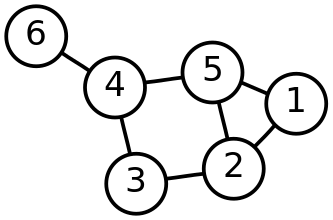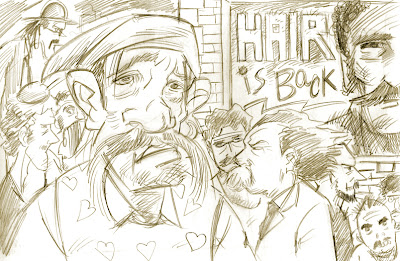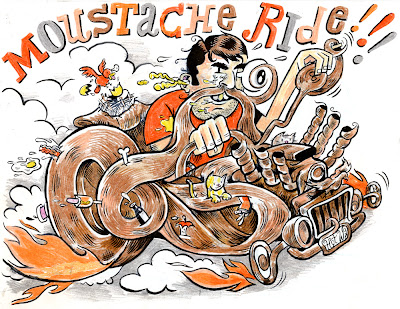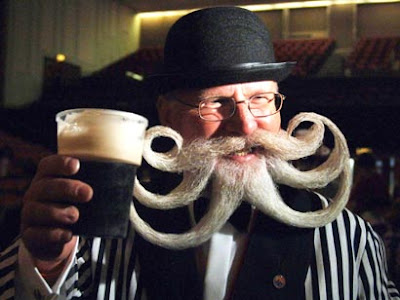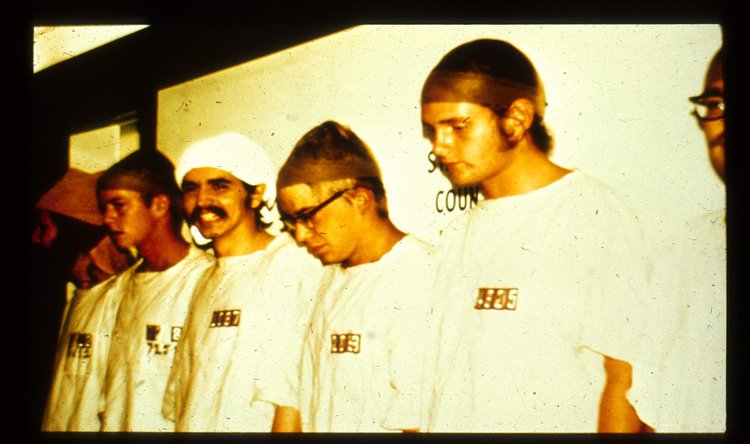The Point brings together problems, people, and the pressure of collective action. The site allows users to create campaigns and encourage other people to join anonymously.
Using the principles of Gladwell's Tipping Point, once the number of members reaches a certain critical mass (10, 50, 2000) and action is triggered: a sale, a press release, a protest.
Campaigns are tools for people to organize a group action that occurs only when enough people join to make participation worthwhile. Campaigns can be used for any situation where people want safety in numbers, from planning a party to boycotting a corporation to saving chickens.
Check out the simple, clever animations used to demonstrate the types of people, the problems they want to tackle, and the resulting campaigns--that can use The Point to catalyze change.





